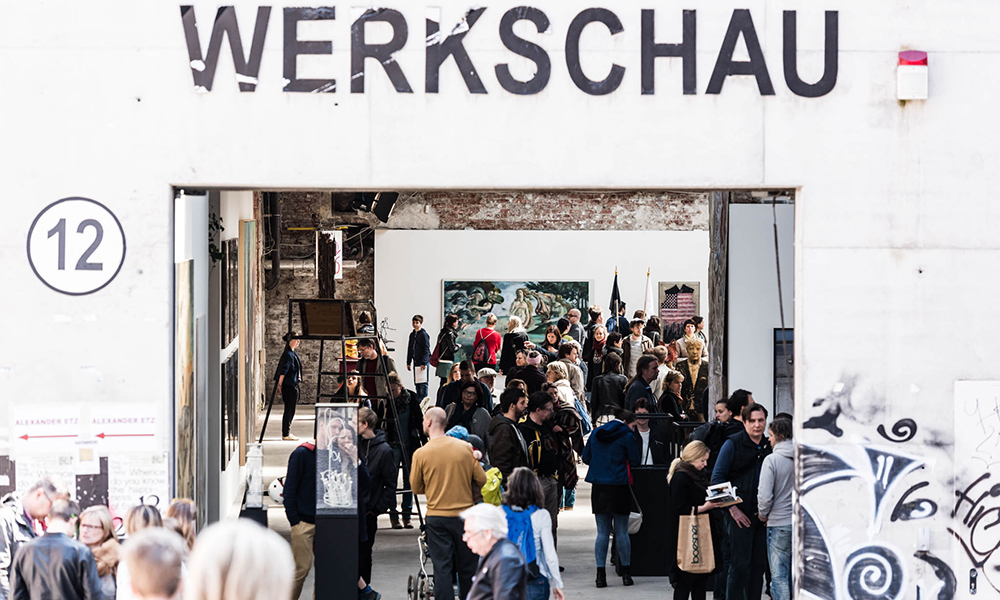The transgressor Plagwitz neighborhood in Leipzig
Just as Brooklin in New York and Gamboa in Rio de Janeiro lived the emergence of art spaces occupying old factories, warehouses and industries, the Plagwitz district was no different. It is the favorite place for all types of artists and people who use creativity to their advantage, with a more bohemian lifestyle.

It is a cool, yet laid back neighborhood that does not allow the proliferation of the yuppie generation and all the flags that permeate this consumerist lifestyle. Rental prices haven’t rised insanely either; there’s still time to move there without necessarily paying an absurd amount of money. One of the representatives of the essence of Plagwitz, so to speak, is the old cotton mill Spinnerei.

Dating back to 1884 and having housed 1,600 workers, it remained inactive for many years, until 1993, when it was acquired by private buyers and now houses 100 art studios with a waiting list to enter. Some live on the premises of the old factory, that has a rustic industrial look, and make the place a great stage for art and performances.
Although there is a certain rigor in the selection of artists and studios to enter Spinnerei, it does not mean a lack of opportunity for various artists to exhibit their work there, even if only temporarily. Many students finish their studies in the famous Art Academy of Leipzig and can automatically present the fruit of their work in collective spaces dedicated to the turnover of the exhibitions.

In the photo is the American painter Elisabeth, who fell in love with Germany's receptivity to her work and creative mind. She left Ohio to live in Spinnerei, where she has an apartment, after she finished her studies in Dresden.





